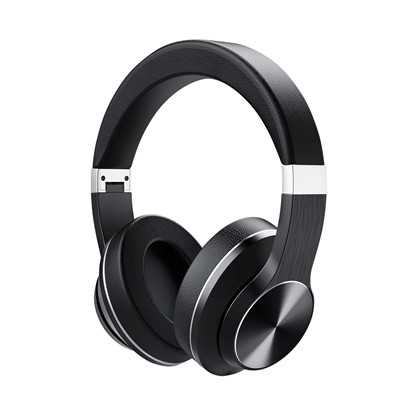1. Material Selection:
The choice of materials plays a crucial role in providing protection. Common materials used in iPhone cases include:
- Polycarbonate: Known for its durability and impact resistance.
- Thermoplastic Polyurethane (TPU): Offers flexibility and shock absorption.
- Silicone: Provides excellent grip and cushioning against drops.
- Genuine Leather: Offers a premium look and some impact resistance.
- Metal: Used for reinforced frames and rugged cases.
2. Impact Absorption:
The science behind impact protection involves engineering the case to absorb and distribute the energy generated during a fall or impact. This is achieved through shock-absorbing materials, such as TPU or silicone, and the design of the case, including air pockets, cushioned corners, and ridges that help dissipate the force.
3. Drop Testing:
Manufacturers often subject their cases to drop tests to measure their protective capabilities. These tests simulate real-world scenarios, helping engineers fine-tune the case design for maximum protection. Cases that meet military standards (e.g., MIL-STD-810G) have undergone rigorous testing for durability and impact resistance.
4. Raised Edges and Bezel:
Many protective iPhone cases feature raised edges and bezels around the screen and camera. These raised features create a gap between the case and the iPhone’s vulnerable components, reducing the risk of scratches or damage when the phone is placed face-down.
5. Port Covers and Dust Resistance:
Some rugged cases include port covers to protect against dust, debris, and moisture. This is particularly important in environments where the phone may be exposed to such elements.
6. Fit and Precision:
A well-fitting case is essential for protection. A case should be snug, with precise cutouts for buttons, ports, and the camera. A loose or ill-fitting case may not provide the intended level of protection.
7. Drop and Impact Simulation Software:
Engineering software can simulate how different materials and designs react to various types of impacts. This helps designers optimize the case’s structure and materials for protection.
8. Biomechanics and Stress Analysis:
Engineers consider the biomechanics of how a phone may fall or collide with surfaces to better understand how to protect it. Stress analysis helps identify weak points in the case design and reinforce them.
9. Material Degradation and Aging:
Materials used in cases are tested for durability and how they withstand aging. This ensures that the case remains protective over time and doesn’t become brittle or lose its protective properties.
10. Ergonomics and User Experience:
While protection is essential, the science of iPhone case design also considers user comfort and ease of use. Ergonomic design principles are applied to ensure the case is comfortable to hold and doesn’t interfere with phone functionality.
In summary, the science of iPhone case protection combines material science, engineering principles, and rigorous testing to create cases that shield your device from various forms of damage. When choosing an iPhone case, it’s essential to consider the level of protection it provides, as well as how well it aligns with your specific needs and preferences.







